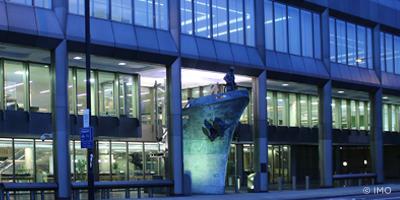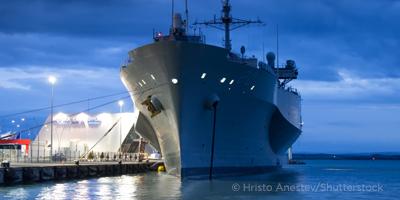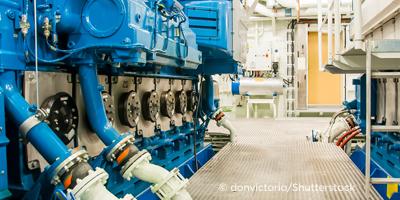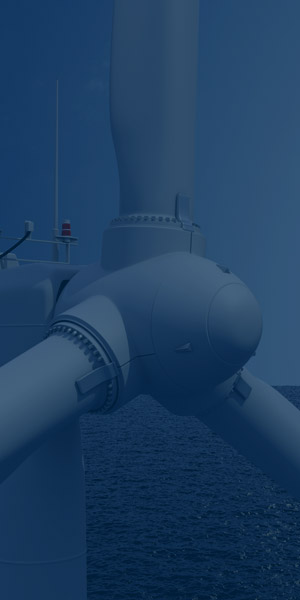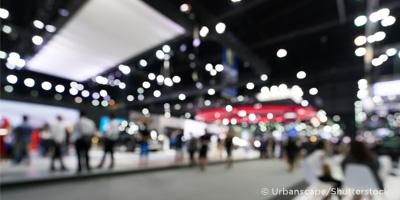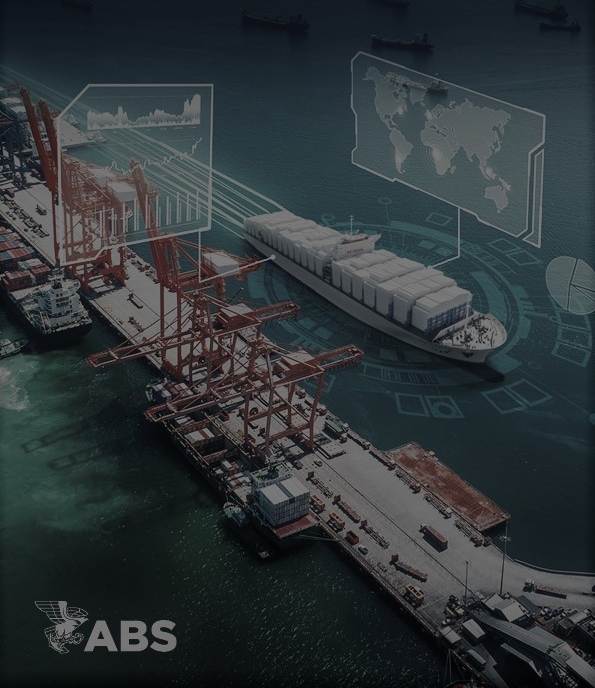Quick Links
- Rules and Resources
-
Services
Quick Links
Offshore- Production
- Offshore Support Vessels
- Exploration
- Offshore Wind Projects
- Offshore Wind Vessels
- Subsea Solutions
- Offshore Sustainability
- Offshore Space Support
- Floating Production Storage and Offloading (FPSOs)
- Offshore Energy Production
- Offshore Aquaculture
- Subsea Mining
- Novel Concepts and New Technologies
- Offshore Decommissioning
Sustainability and Decarbonization- Energy Efficiency Existing Ship Index (EEXI)
- Sustainability Reporting and Assurance
- Simulation-based Energy Efficiency Evaluation Service (SIM EEE)
- Greenhouse Gas (GHG) Rating Improvement
- Greenhouse Gas Inventory and Carbon Accounting
- Carbon Capture, Utilization, and Storage (CCUS)
- Alternative Fuel Options
- Alternative Power Sources
- Marine Sustainability
- Offshore Sustainability
- Green Shipping Corridors
- Methanol Value Chain
- Gas
- Carbon Intensity Indicator (CII)
- Ammonia Value Chain
- Carbon Diligence Platform
- Innovation and Technology
-
News and Events
Quick Links
-
About
Quick Links
- Rules and Resources
- Services
- Innovation and Technology
- News and Events
- About Us and Careers
- Rules and Resources
- Rules and Guides
- Regulatory Updates
- Advisories and Debriefs
- Flag and Port State
- Engineering Software / License
- Engineering Reviews
- ABS MyFreedom™ Portal
- Databases
- Forms
- Services
- Classification
- Approval and Certification
- Company and Ship Audits
- Global Marine
- Global Offshore
- Global Government
- Sustainability and Decarbonization
- Digital Solutions
- Cybersecurity
- Maritime Training
- Innovation and Technology
- Technology Advancement
- Academic Engagement
- Industry Partnerships
- Data and Digitalization
- Knowledge Center
- About Us and Careers
- Who We Are
- Safety
- Careers
- Contact Us
Workplace Design
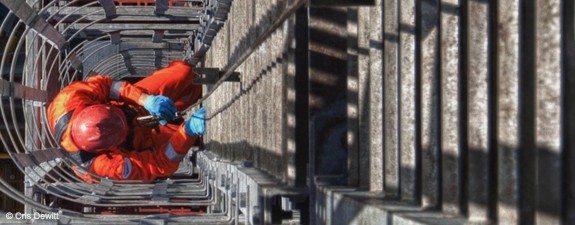
Ergonomics & Habitability in the Workplace
Maritime personnel work in a physically demanding environment that requires a high degree of alertness and concentration. Workplace design, layout and ergonomics affect their ability to work safely and be productive. ABS provides a series of guides and guidance notes on ergonomics and habitability in the workplace.
Design and layout considers the integration of personnel with equipment, systems and interfaces such as controls, displays, alarms, video-display units, computer workstations, labels, ladders, stairs and overall workspace arrangement.
People have social, psychological and physiological capabilities, limitations and needs that may impact their work performance. It is important for designers and engineers to consider them. For example, hardware and software design, arrangement and orientation should be compatible with personnel capabilities, limitations and needs.
The physical design and arrangement of the workplace, and its effect on personnel safety and performance, should also be taken into account.
In addition, designers and engineers should be aware of the cultural and regional influences on behavior patterns and expectations of personnel. For example, certain words, phrases, objects and even colors can have different cultural meanings that should be considered during the initial stages of design.
The design, arrangement and orientation of the work environment should reflect the full range of personnel. This requires an awareness of potential differences in physical dimensions such as stature and forward functional reach (anthropometric) and strength capabilities and limitations (biomechanical). If these factors are not considered, the workplace design may increase the likelihood for human error. Additional training, operations and maintenance manuals, along with more detailed written procedures, cannot adequately compensate for human errors caused by poor design.
Elements of Habitability Influenced by the Design Process
To produce suitable living and working conditions within design and budget constraints, habitability should be incorporated during design. When it is not possible to strictly adhere to habitability criteria, design alternatives are used to improve environmental conditions. Examples of alternatives are dampening noise transmission with acoustic insulation and alleviating vibration by applying resilience techniques.
Workplace ergonomics is a major aspect of designing for habitability. Ergonomics is the design, placement and arrangement of the components and spaces on board where crewmembers live and work. Design and ergonomics can be improved if addressed early in the planning stages. For example, the decision to locate crew berthing away (or suitably protected) from spaces containing noisy or vibrating equipment is easier before construction starts.
The ambient environmental conditions that impact habitability are:
- Noise levels
- Whole-body Vibration
- Thermal comfort (temperature, humidity and ventilation)
- Illumination
Safety and Human Factors
Workplace Design
Related Content

© 2024 American Bureau of Shipping. All rights reserved.





